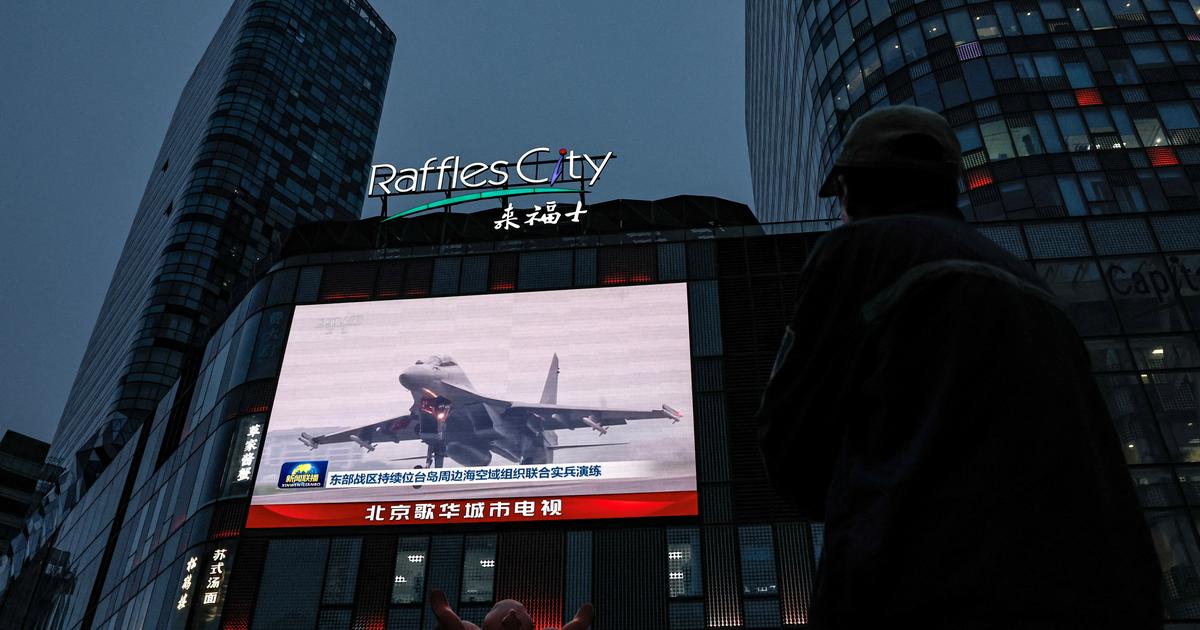China has announced the conclusion of the large-scale military maneuvers it has conducted around Taiwan since Thursday. These exercises, titled "Joint Sword-2024A," were aimed at demonstrating Beijing's opposition to recent comments made by Taiwanese President Lai Ching-te, which China perceived as separatist.
The Chinese army termed the drills as "successfully completed," according to an announcement made on Friday evening by CCTV-7, a state-run military news outlet. The exercises involved the country's ground forces, navy, air force, and rocket unit, and covered multiple strategic locations including the Taiwan Strait and areas around Kinmen, Matsu, Wuqiu, and Dongyin islands. These maneuvers officially ended on Friday, although initial confirmation extending into the subsequent days led to some uncertainty.
On the Taiwanese side, the Defense Ministry reported that 62 Chinese aircraft were detected around the island on Friday, marking the largest number recorded in a 24-hour period this year. Out of these, 47 aircraft breached the median line between China and Taiwan, entering Taiwan's air defense identification zone (ADIZ) in the north, center, and south of the island. This substantial air activity was paired with the mobilization of 27 naval and coast guard vessels.
The military exercises were described by Beijing as a "severe punishment" against what it deemed as separatist activities by Taiwan, specifically targeting the rhetoric of Lai Ching-te, who Beijing accuses of encouraging Taiwanese independence. Li Xi, a spokesperson for the Chinese military, outlined that the objectives of these drills included testing the ability to seize power, execute joint strikes, and control key territories.
In response, Lai Ching-te reiterated Taiwan's commitment to defending its values of freedom and democracy, despite being labeled a "dangerous separatist" by Beijing. He emphasized that Taiwan's stance remains steadfast even as he moderated his language concerning independence in recent times.
- The Chinese military maneuvers involved warships, planes, soldiers, and missile launchers as part of an encircling strategy around Taiwan, emphasizing China's growing military capabilities in the region. These maneuvers highlight the escalating tensions in the Taiwan Strait, a critical area for international trade and regional security.
- The exercises, while officially concluded, have sparked speculation among analysts that they could be extended or revived in the near future, as geopolitical tensions remain high. Taiwan's monitoring of air and naval activities was robust, underlining the island's vigilance in the face of Chinese military incursions.






